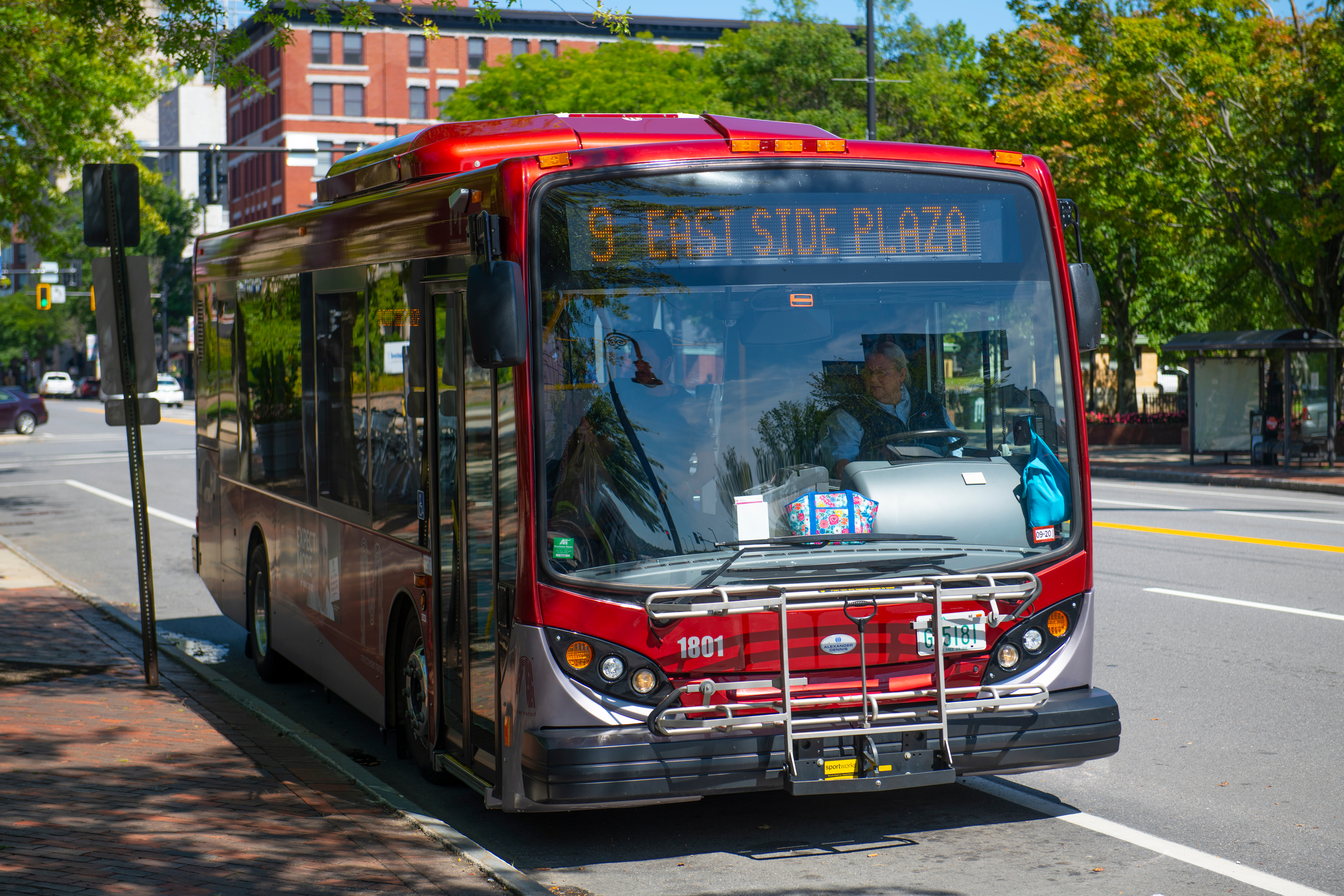There’s even a New Hampshire Advantage in public transit
A September report from the Federal Reserve Bank of Boston found that transit ridership in New England plummeted during the pandemic.
From March 2020 to July 2021, the Massachusetts Bay Transportation Authority lost 340,584,000 passenger trips, while the City of Nashua’s public bus system saw 339,000 fewer trips and Cooperative Alliance for Seacoast Transportation experienced a loss of 295,000 trips.
Much more interesting, though, was how New Hampshire systems are funded vs. others in New England.
Massive Taxpayer Subsidies
The study found that only four of the 38 New England transit systems it examined “relied on directly generated revenue to cover at least half of their operating expenses in 2019.”
That is, in 34 of 38 systems, taxpayers covered more than half of expenses before the pandemic.
In 26 of 38 systems, directly generated revenue covered less than 25% of operating expenses, the study found.
(Directly generated revenue includes fares, parking fees and advertising.)
A New Hampshire Advantage for Taxpayers
But in New Hampshire, those percentages were reversed.
“The smaller public transit systems in New England are, on average, less reliant than the larger systems on directly generated revenue to cover operating expenses, but there are a few notable exceptions. These include the small systems in New Hampshire, which, on average, fund 75 percent of their operating expenses with directly generated revenue. The smaller systems in the other New England states generally are more reliant on local, state, and federal appropriations.”
In other words, New Hampshire’s famous frugality affects even its municipal public transit systems. At least for the two systems included in this study, operating expenses are covered primarily by riders and advertisers rather than taxpayers.
Nationally, fares cover about 1/3 of transit system operating costs, according to the Federal Transit Administration.
Subsidies Replacing Subsidies
The report also noted that the “combined appropriations from the three federal stimulus packages fully replaced transit systems’ lost revenues.”
But with only 12 receiving at least a quarter of their revenues from fares, fees and advertising, and only four of those 12 receiving at least half of their revenues from those sources, it appears that in most cases the federal government was replacing taxpayer subsidies with other taxpayer subsidies.
The Wall Street Journal reported in August that federal COVID relief aid for public transit agencies totaled $69.5 billion, or “$15 billion more than the country’s 2,200 agencies spent combined to run their systems in 2019, the last year before the pandemic hit.”
Note: The study covered “full-reporter” transit systems, which are those large enough that the Federal Transit Administration requires them to file monthly ridership reports. The Manchester Transit Authority and other municipal bus services in New Hampshire were not included in the study because they are not full-reporter agencies. The two New Hampshire systems covered in the report were Nashua’s city bus service and the Cooperative Alliance for Seacoast Transportation.



